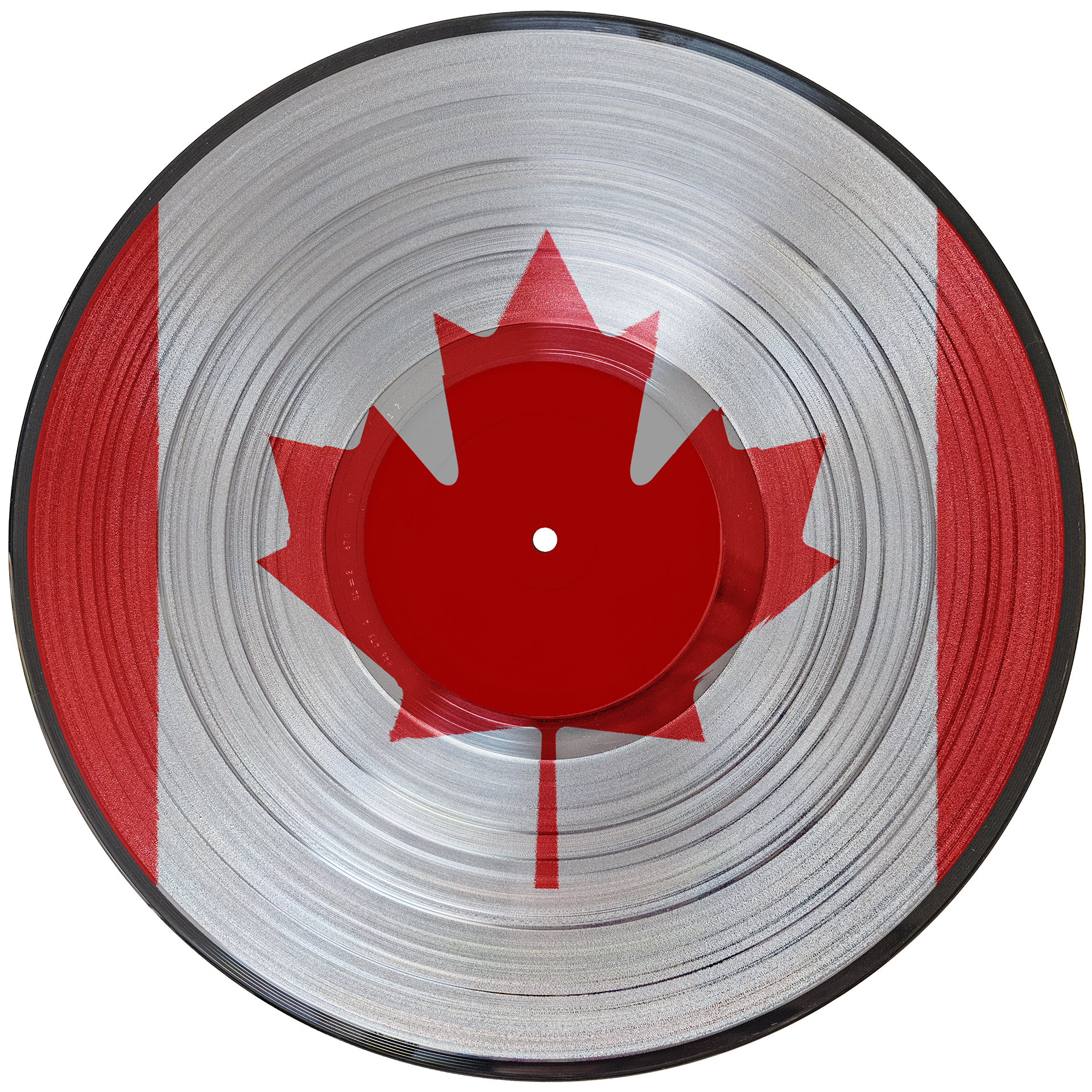Welcome to the second edition of our new series, “Canadian Music Through the Decades.” In this series, we journey through the rich tapestry of Canadian music history, starting with tracks from 50 years ago, released in 1974, and progressing through each subsequent decade in 5-year installments. Get ready to discover a diverse array of hits and hidden gems from Canada’s musical past! This edition explores music by Canadian artists released from 1980 to 1984.
The Established Stars and Emerging Icons
During this period, many established Canadian acts continued to shine and release some of their most popular material. Rush, Bruce Cockburn, Gino Vannelli, April Wine, and Neil Young remained influential. Former Guess Who lead singer Burton Cummings also emerged as a popular solo artist. Additionally, Heart, resulting from the collaboration of two sisters from Seattle with a supporting band from Vancouver, became one of this era’s most influential and popular rock bands.
The Rise of New Wave
With the popularity of New Wave in the early 1980s, Canadian acts such as The Parachute Club, Rough Trade, Spoons, Trans-X, Rational Youth, Men Without Hats, Norman Iceberg, Images in Vogue, and Martha and the Muffins made their mark. Rough Trade was particularly notable for “High School Confidential,” one of the first explicitly lesbian-themed pop songs to crack the Top 40 anywhere in the world.
Hardcore Punk and Underground Music
Hardcore punk, a term first used by Vancouver’s D.O.A., briefly disrupted the New Wave dominance between 1981 and 1983 with groundbreaking acts like Zeroption dominating North American underground radio. The underground music scene gained popularity, with college radio picking up the slack and supporting more experimental music.
Mainstream Rock and Pop
The early 1980s produced mainstream rockers like Bryan Adams, Tom Cochrane, Platinum Blonde, Glass Tiger, Honeymoon Suite, Coney Hatch, Headpins, Helix, Toronto, Sheriff, and Corey Hart. The era also featured quirky art-pop artists like Jane Siberry, who remains one of Canada’s most enduring cult artists, and the country cowpunk of k.d. lang, who eventually became one of pop music’s biggest names. Lisa Dalbello, who emerged in the late 1970s as a dance-pop singer, transformed into a darker, edgier art-rocker, becoming simply Dalbello in 1984. Annette Ducharme also made her mark, finding more success as a songwriter for other musicians than as a recording artist.
The Synthesizer Revolution and New Wave
Dance music became less popular in the English-speaking world in the early 1980s but was reborn several years later. Punk rock morphed into New Wave, with the synthesizer, Bob Moog’s 1963 invention, taking the lead in many songs. British artists began experimenting with synthesizer-driven pop, leading to a second British Invasion. Canada embraced this trend with acts like Images in Vogue, Strange Advance, Rational Youth, Blue Peter, The Spoons, and Rough Trade. Vancouver-based The Payola$ became one of the most popular New Wave acts.
Heavy Metal and Traditional Blues
Heavy metal gained traction with bands like Helix, Toronto, and Headpins, some combining electronics with hard rock, such as Aldo Nova and Loverboy. Meanwhile, a backlash against new music styles led to the rise of traditional blues groups like The Powder Blues Band, Doug and the Slugs, and a cappella group The Nylons. Showdown, a risqué country band from Medicine Hat, debuted in 1980, and Montreal fusion-jazz outfit UZEB emerged in 1981. Eric Robertson, a Scottish import, scored a multi-platinum album entitled Magic Melodies.
Pop and Solo Artists
Straightforward pop acts like The Kings, Teenage Head, Straight Lines, Sheriff, and Red Rider also found success. However, solo artists became some of the biggest names in Canadian music history. Diane Tell, Véronique Béliveau, and Martine Saint-Clair made significant headway in French Canada, with Nathalie Simard becoming a child star in the early 1980s. Céline Dion emerged in 1983, captivating audiences in Quebec.
The Men of the Early ’80s
In English Canada, the early 1980s saw a notable absence of debuting women artists. For men, however, it was a different story. From Montreal, an English singer who wore sunglasses at night released a sleeper hit album in 1983—Corey Hart, who would become wildly popular by mid-decade. Vancouver’s ex-Sweeney Todd singer Bryan Adams found massive success with his 1983 album Cuts Like a Knife, making him one of the most successful Canadian artists of all time. Manitoba-born Daniel Lavoie also became a significant figure in French music, winning several Felix Awards.
The Launch of MuchMusic
With the increasing popularity of music videos, Canada launched MuchMusic in August 1984. Though criticized for focusing too much on music appealing to Torontonians and showcasing American-style music, MuchMusic enabled many Canadian artists to gain exposure and make breakthroughs.
Join the Journey
Join us in celebrating the incredible music from 1980 to 1984 by Canadian artists. Listen to our curated playlist on Tidal Music, Spotify, and YouTube, and explore the rich and diverse sounds that defined this era. Let the music take you back and discover the hits and hidden gems that helped shape Canada’s vibrant musical landscape.
Sources: Canada’s Music Blog, Canadian Music Blog, and Chat GPT

